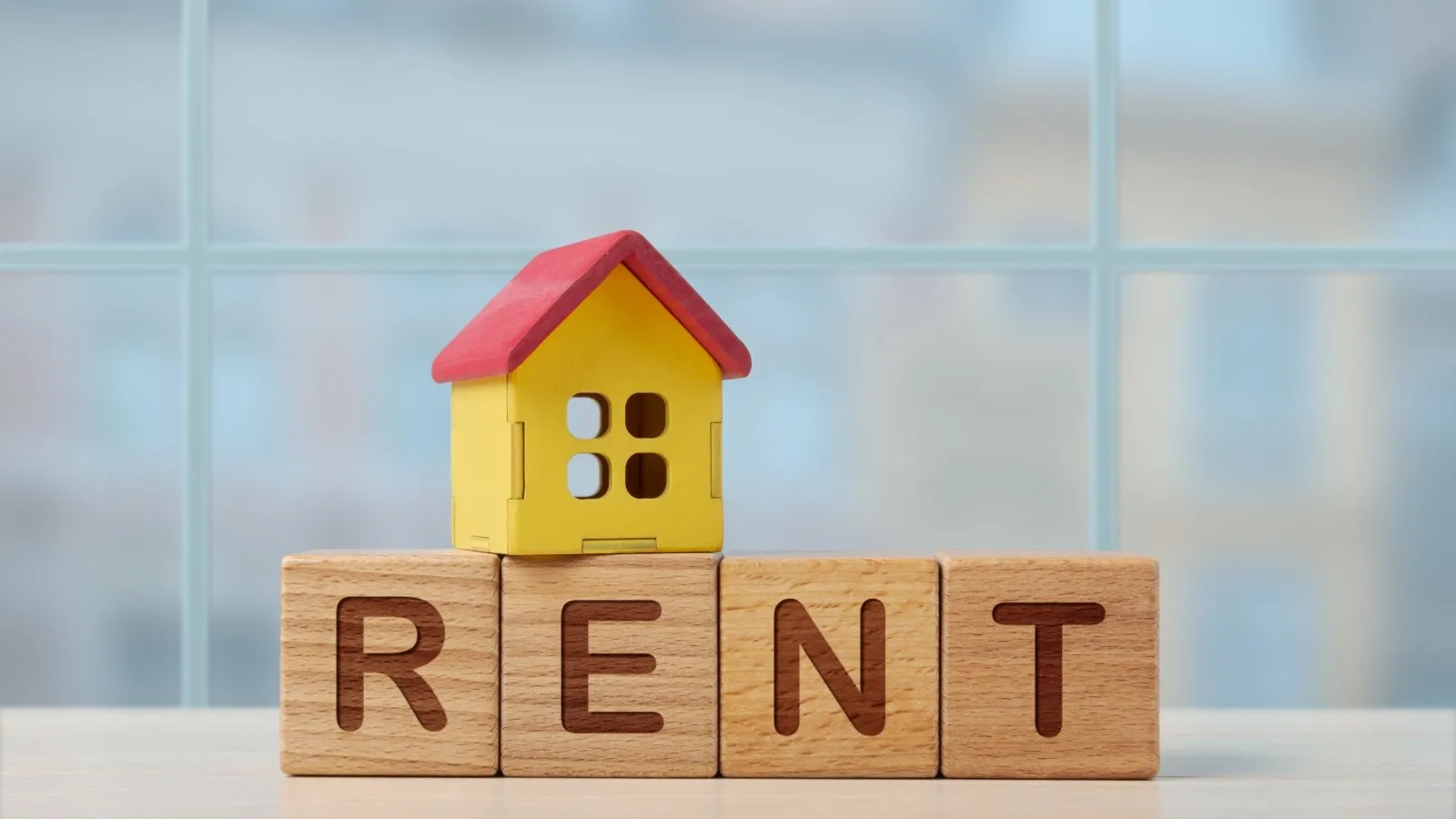Personal Finance News
Renting vs buying furniture: Which is the one for you?
.png)
4 min read | Updated on July 09, 2025, 17:23 IST
SUMMARY
These days, renting is a convenient and affordable option to have quality furniture in your home without worrying about maintenance or depreciation. With the emergence of online renting platforms like RentoMojo, renting has become an even easier task with added benefits like delivery and installation.

Renting offers flexibility, no upfront investment and the ability to upgrade or return items with ease.
Both buying and renting furniture come with their own set of benefits and pitfalls. With the rise of urban mobility and digital platforms, renting furniture has gained immense popularity due to its convenience and flexibility.
Buying furniture can turn out to be an expensive and time-consuming affair for people who change cities frequently due to multiple reasons, especially in their early and late 20s. Furniture can add to their relocation costs, and the task of setting up all over again in another house seems troublesome for salaried individuals who move often.
Renting furniture
Modern renting platforms have made the renting process seamless. If you are staying in a place for a short period, like a year or two, renting is the ideal option. Online platforms like RentoMojo, Furlenco and many others offer renting services where you can rent anything, from a single chair to a fridge to the entire setup for a house.
These platforms offer individual items, as well as packages, with different models falling in different price ranges. Customers can choose from the available packages for specific tenures according to their needs.
One can visit the showroom or check out furniture online from the comfort of their home. Further, there is no hassle of setting up furniture as most digital platforms provide delivery and installation. While there are charges for delivery and set up, they’re usually cheap, helping people choose convenience with affordability.
Some platforms also offer insurance at an added cost to prevent you from paying extra in case of any damage. While insurance seems like an unnecessary expense, it could save you from hefty charges in the future.
Most renting platforms have a registration and verification process that requires you to provide necessary documents, including address and identity proofs, and bank statements.
These platforms generally require a refundable security deposit payment. Penalties are also charged for late payments, and a part of your security deposit might also be cut in case of damage. These charges vary from one platform to another. Additionally, if you terminate your agreement, most platforms levy an early termination fee, like one month’s rent in some cases.
It is advised to go through the terms and conditions before renting your furniture to avoid unnecessary payments and choose the company and the package that meet all of your requirements.
Buying furniture
Even with everything considered, if you’re buying a house and planning to stay there permanently (at least for over 2-3 years), buying your furniture would be a better decision financially.
Buying furniture on no-cost EMIs is a sound financial decision for people who plan to live in a house for the long term. Paying EMIs over the months, which would be similar to the amount one would pay on renting the furniture, would result in ownership of the items. However, paying rent for over two years might not make sense for a lot of people who can pay EMIs and later sell the furniture if needed, gaining from the overall process.
-
Product: Sofa Set
-
Cost: ₹36,000
-
EMI: ₹3,000/month for 12 months (No interest)
-
Total Paid: ₹36,000
-
Resale value after 2 years: Approximately ₹12,000
-
Net cost after resale: ₹24,000
-
Monthly Rent: ₹1,500
-
Total Rent for 24 months: ₹36,000
-
Ownership: None
-
Resale Value: ₹0
Renting vs buying: Which is better for you?
Making this decision entirely depends on your needs and lifestyle. Renting makes sense if you know that you would need to move cities often, especially if you’ve just started building your career and you’re in your mid-20s. Renting offers flexibility, no upfront investment, and the ability to upgrade or return items with ease. It is ideal for students, young professionals, or people who value convenience over ownership.
On the other hand, buying furniture is a smarter choice if you’re settling down in a place. With no-cost EMIs and resale options available, buying can be more economical in the long term. The monthly EMI for buying is often similar to rental costs, with the added benefit of ownership at the end. Before deciding if you should rent or buy, evaluate all the important factors like mobility and budget.
Related News
By signing up you agree to Upstox’s Terms & Conditions
About The Author
Next Story



